A 42-year historical review of Honda Accord from the first generation to the tenth generation
[XCAR evaluation original]
I stayed in Hainan Island for six whole days last week. For what? For two heavy Japanese cars, one is to change the Highlander test drive in the medium term (Please click here for the article), and most importantly: the test drive of the new Honda Accord, this article will be launched at 8 am on March 19th. Before going online, let’s review the history of this car. After understanding its history, you will find that the "growth history" of Accord is basically the epitome of Japanese car factories attacking cities and plundering land in the United States.
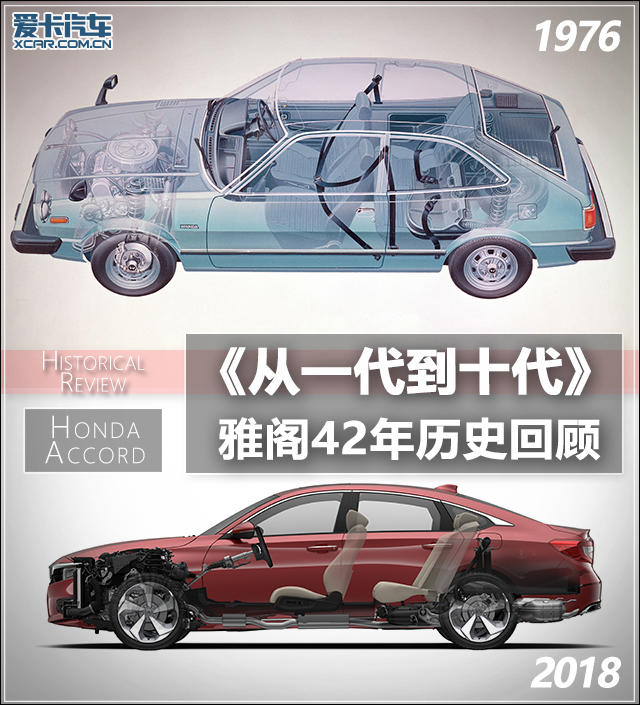
When it comes to Honda, people may think of Civic first, but in addition to Civic, there is another car that is also the "founding hero" of Honda, and it is the Accord. From 1976 to now, the well-known Accord has evolved to the tenth generation. At the beginning of 2018, the new Accord won the North American Car of the Year Award, which made people look forward to the arrival of the tenth generation Accord. For the test drive article, please click on the picture below.

At first, the Accord became famous because of the support of the North American market. From the long picture below, you can see how popular the Accord is in the North American market. It is the best-selling model in the past forty years.
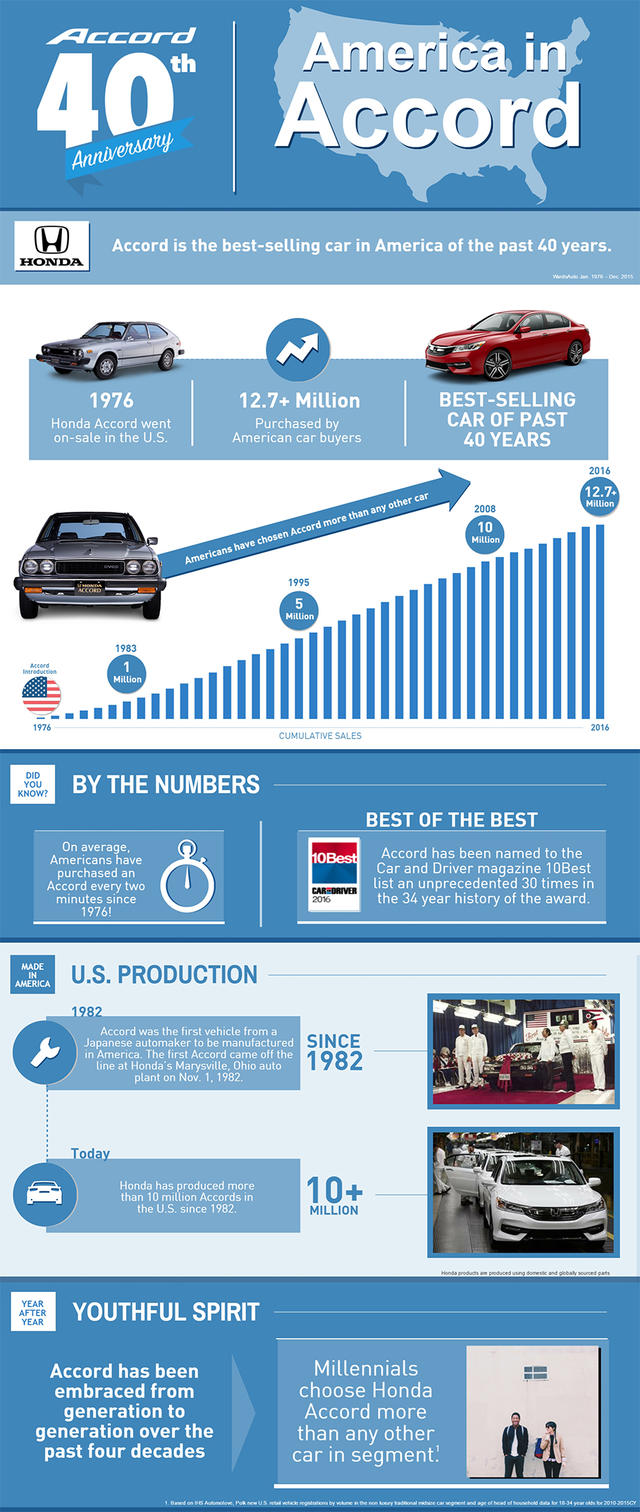
Generally speaking, we think that Accord (or most Japanese cars) has won the favor of the American market with its high quality and durability, but before that, Accord relied on technology to gain the attention of Americans. This story needs to start with the listing of the first generation models.
The first generation SJ/SM model (1976-1981)
Do you know that?/You know what? Accord didn’t appear as a medium-sized or large-sized car at first, but an authentic compact car, and it still appeared as a three-door hatchback model. It didn’t appear as a sedan until 1977. The appearance of Accord is to fill the market vacancy of Civic, so that consumers who are interested in Civic but want more advanced models can have a choice.
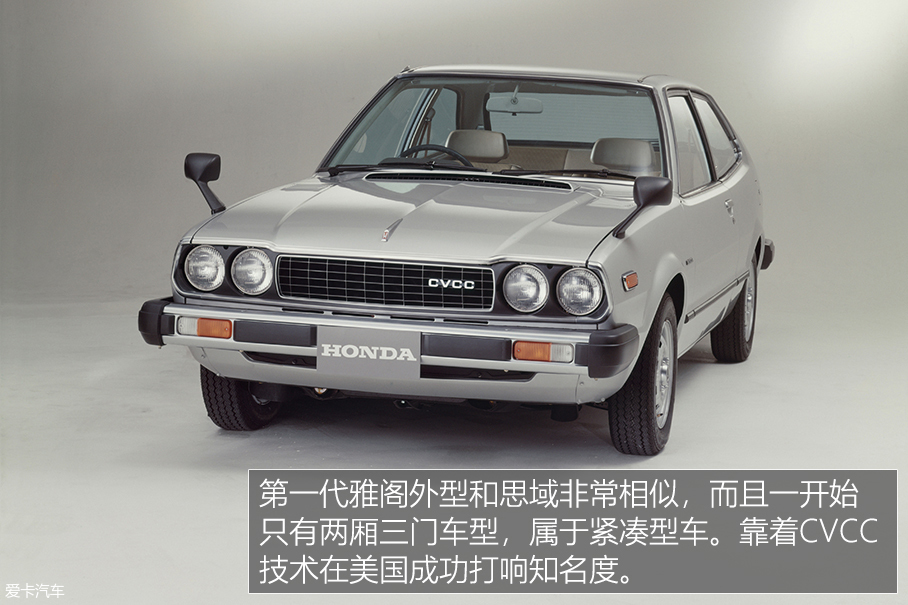
The body length, width and height of the hatchback version of the Accord are 4125×1620×1340(mm), and the sedan version is 4450×1620×1360(mm), both of which have a wheelbase of 2380 mm.. There are 1.6L and 1.8L displacement for people to choose from, and the power varies from 51kW(60Ps) to 59kW(80Ps).
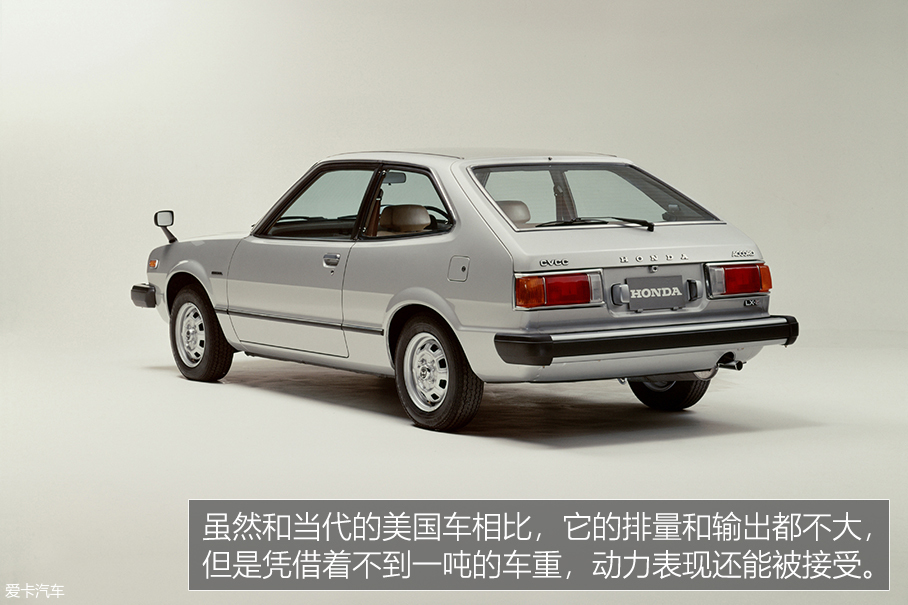
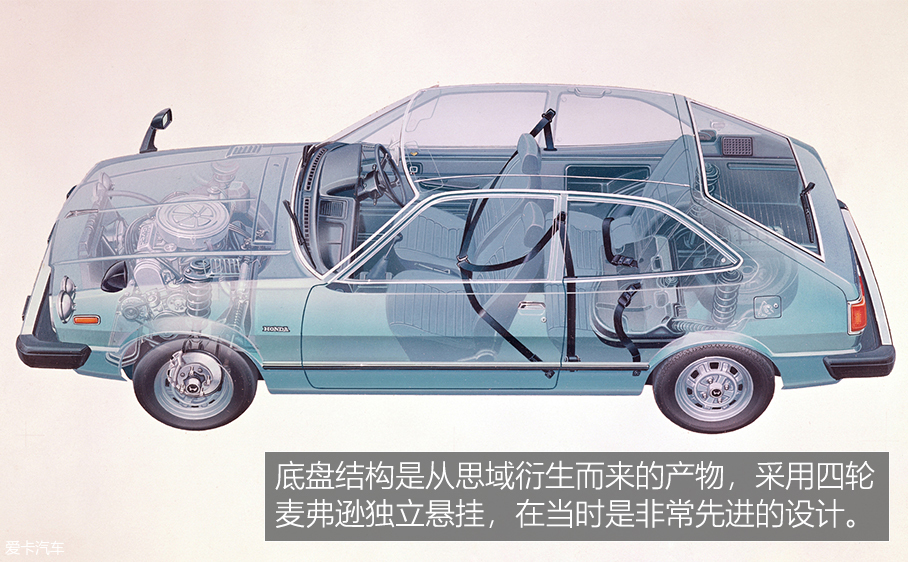
In fact, the first generation Accord can basically be regarded as an enlarged Civic, and their mechanical mechanisms are very similar. Front-mounted engine and front-wheel drive fully conform to Honda’s "MM idea" (minimizing machinery and maximizing seating space). In fact, Shoichiro Honda had hoped that the Accord would be a sports car with a six-cylinder engine because he was the owner of the Pontiac Firebird, but this proposal was rejected internally. At that time, people began to realize the importance of fuel economy and lightness, so the Accord became a typical Japanese car with economic orientation.
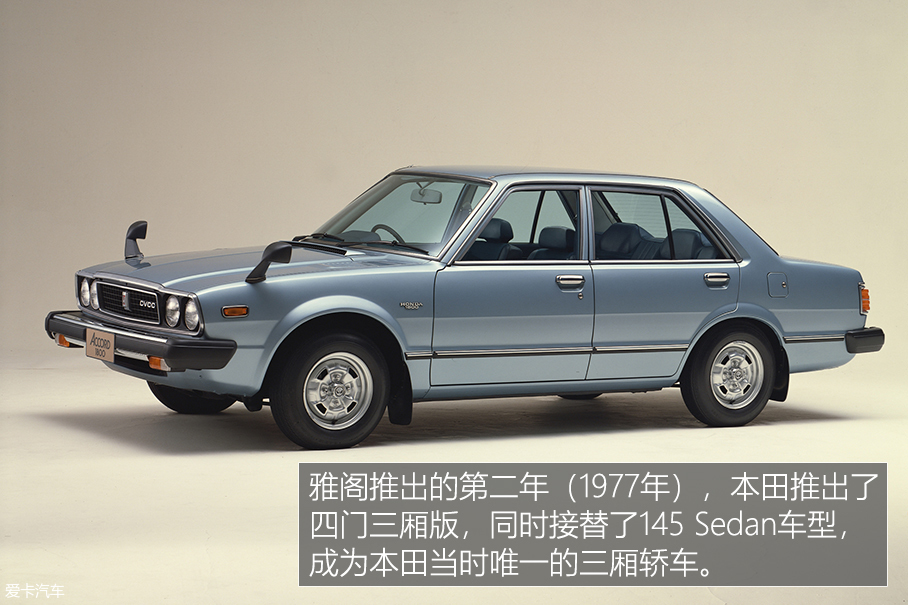
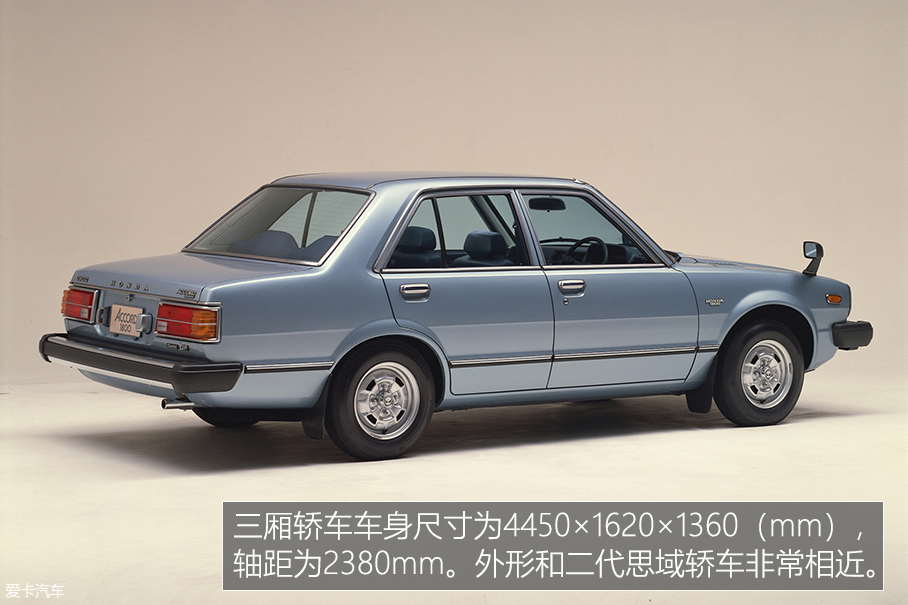
Honda’s road to front-wheel drive
Honda has been researching FF models for a long time. As early as 1972, Honda 1300 sedan with front-wheel drive was introduced. Most cars at this time used FR layout, because FF technology was not so developed at that time.
Honda 1300 received a very poor evaluation, but it was not entirely the fault of FF layout, mainly because the complex engine structure lost the advantages of the original air-cooled engine, the larger steering radius, the heating that occasionally emits oily smell, and the unbalanced counterweight made Honda 1300 get a bad review, and even intensified the opposition between Honda Zongyilang and other technicians. Because Tsuichiro Honda thought the best cooling method was air cooling, but the technicians thought that water cooling was better. Finally, he relied on Takeo Fujisawa, the then vice president, to persuade Tsuichiro Honda to accept the use of water-cooled engines in the successor car.
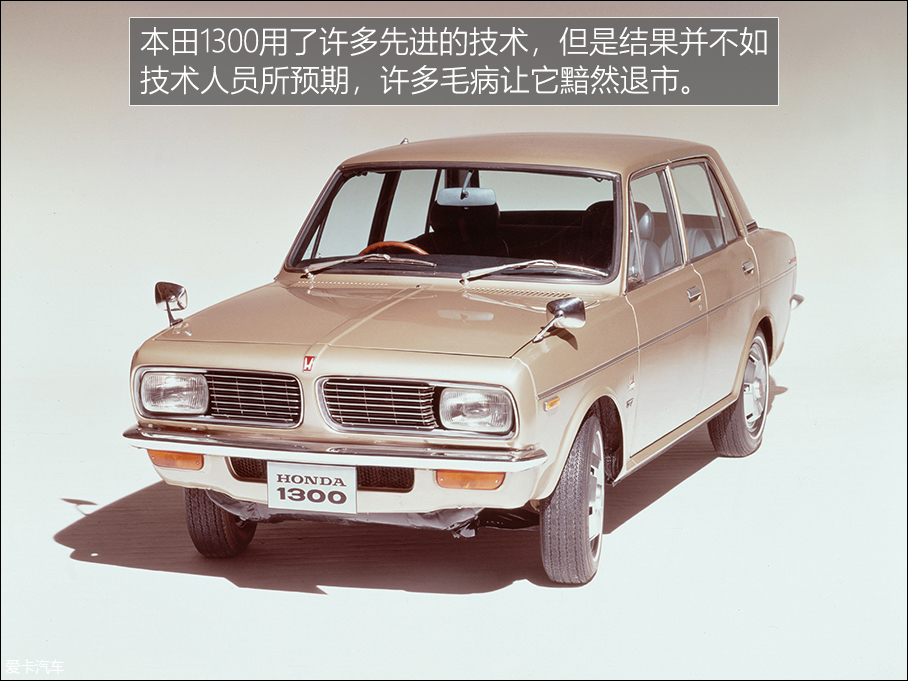
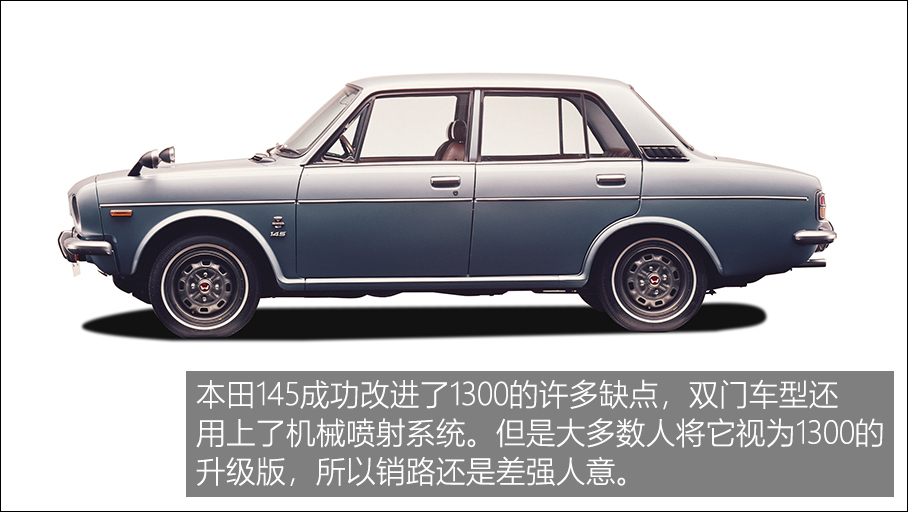
There is also a short story about Honda 1300, that is, the price of aluminum at that time was higher than now, and Honda 1300, which used a large number of aluminum engines, was once a hot commodity in vehicle recycling and scrapping factories, so there are not many Honda 1300 left now. From this, we can see Honda’s innovation and persistence in engine technology.
Luxurious accord
Next, we will look back to the Accord. In order to make American consumers accept the Accord more quickly, Honda installed many comfort configurations in the car, which made many Civic owners feel upgraded after seeing the Accord.
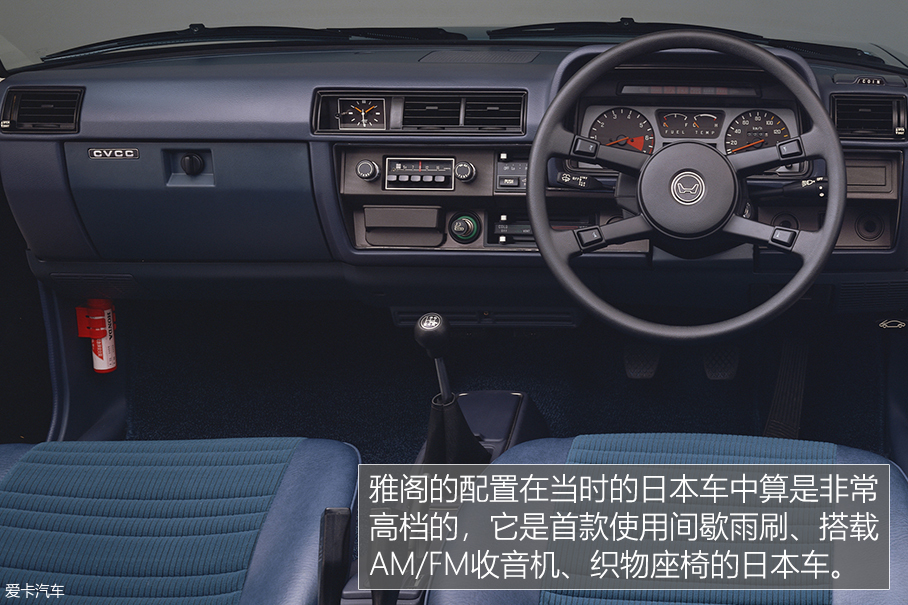
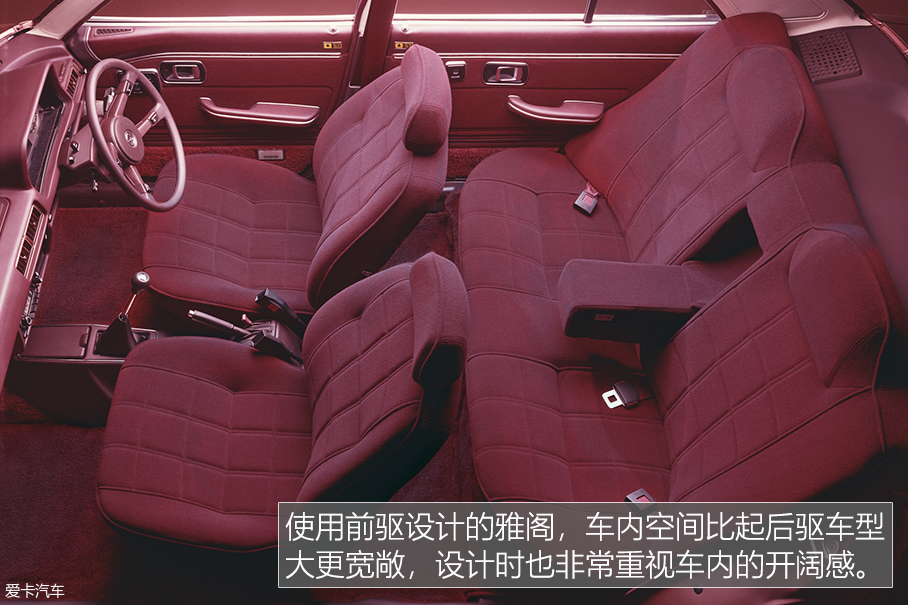
But what really made the Accord famous was not how efficient these comfortable configurations or space performance were, but because of the American.Marquise Act. The Marquise Act is one version of the Clean Air Act (CAA) in the United States, which caused many cars not to be sold in the United States when it was introduced. After 1975, the CO and HC in the exhaust of vehicles sold in the United States should be reduced to less than 1/10 of that in 1970-1971, which made many manufacturers unable to pass such strict standards. However, Honda’s CVCC technology made it easy for Honda Civic to pass this standard, which also opened up the popularity of Accord, which was listed in 1976.
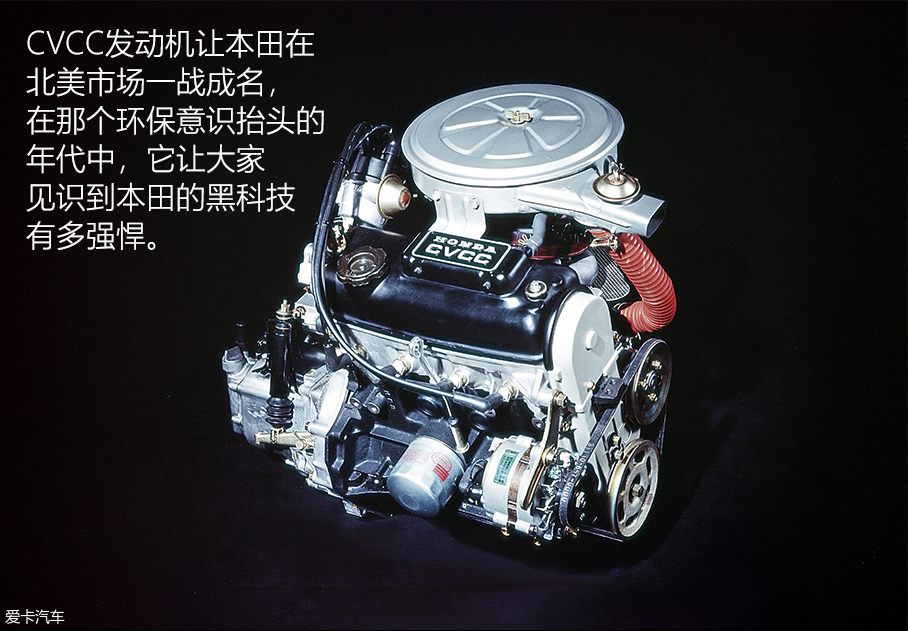
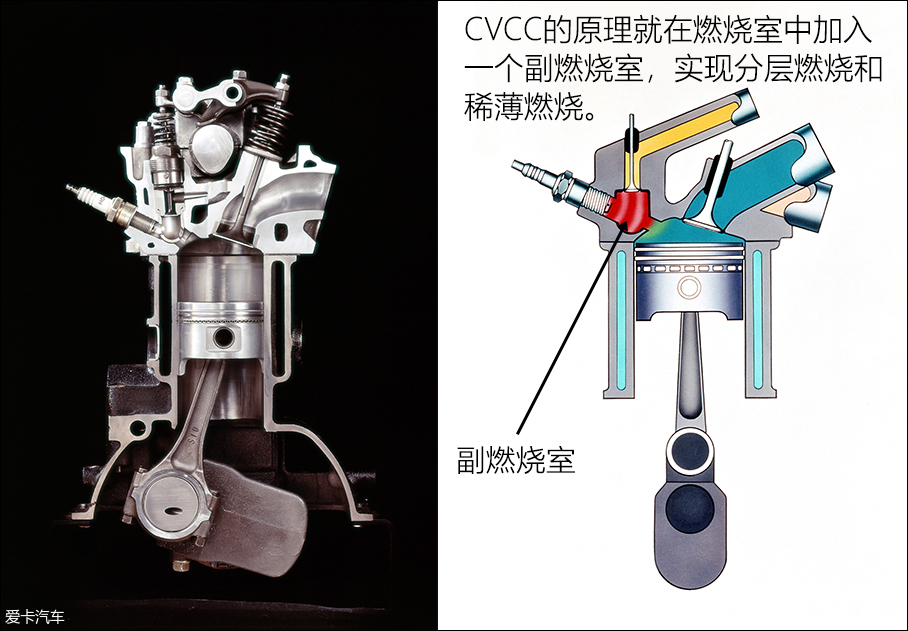
CVCC technology realizes the technology of stratified combustion and lean combustion. In the era without EFI, it can be achieved by mechanical technology, which is enough to prove Honda’s attainments in engine technology.